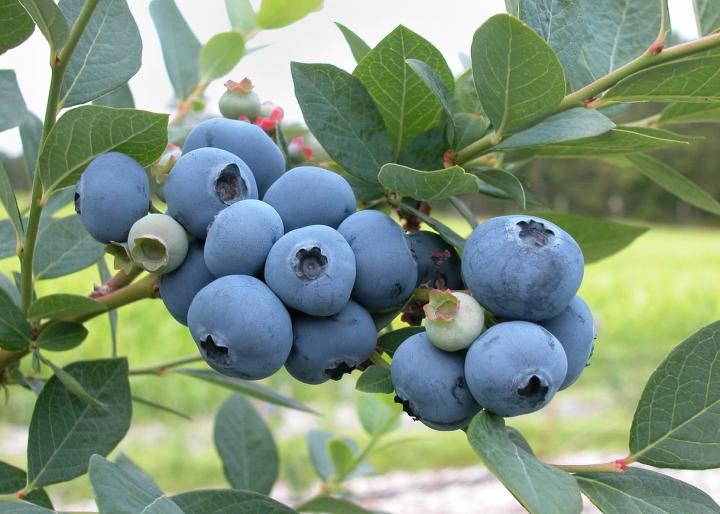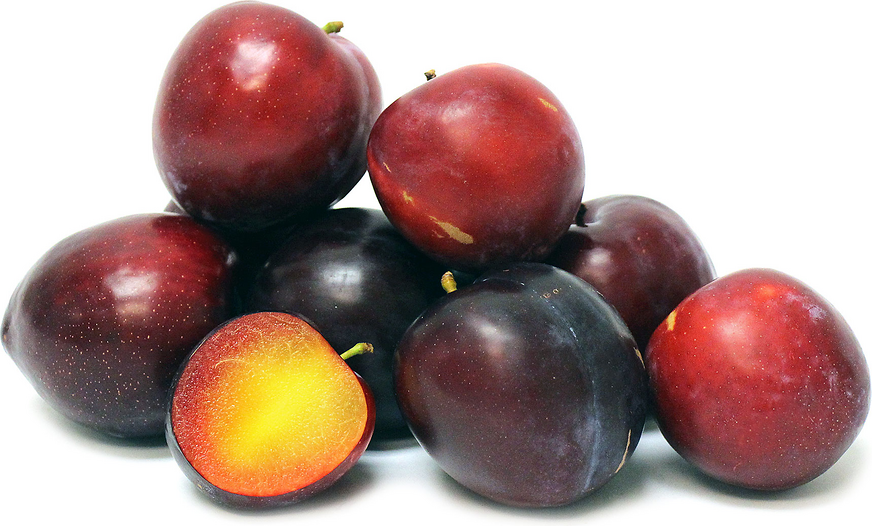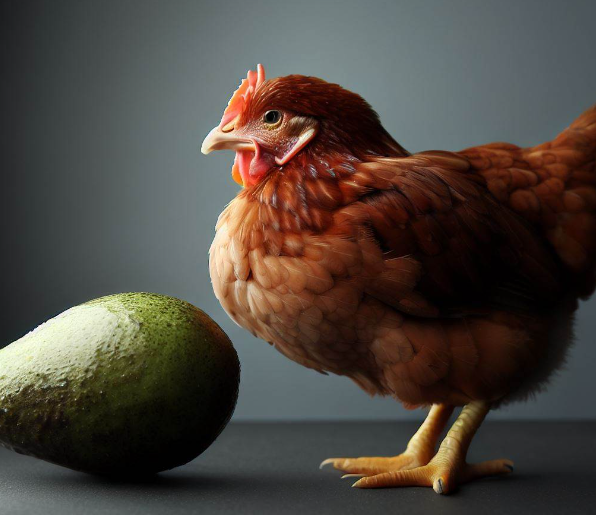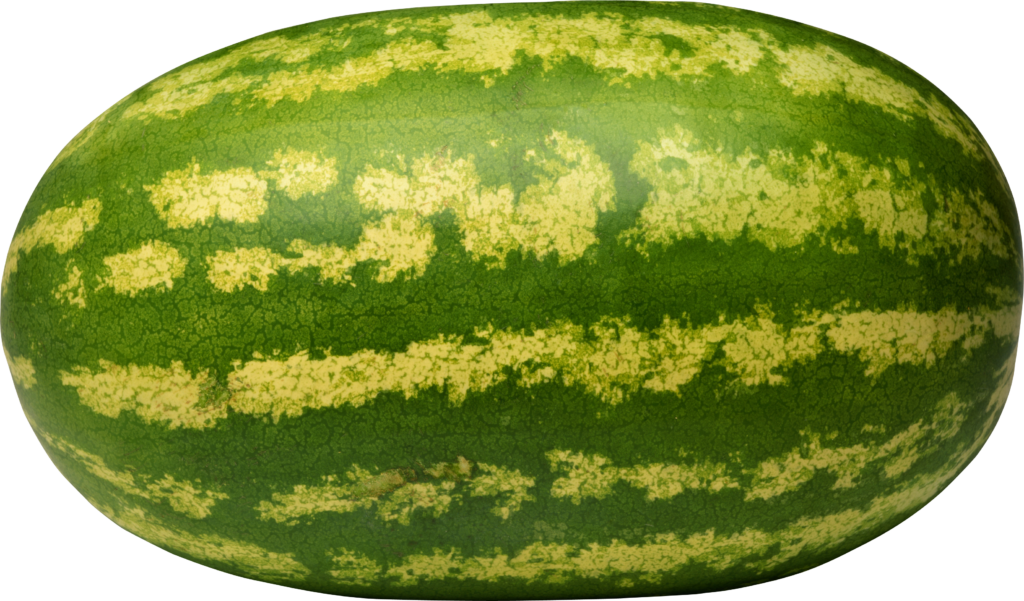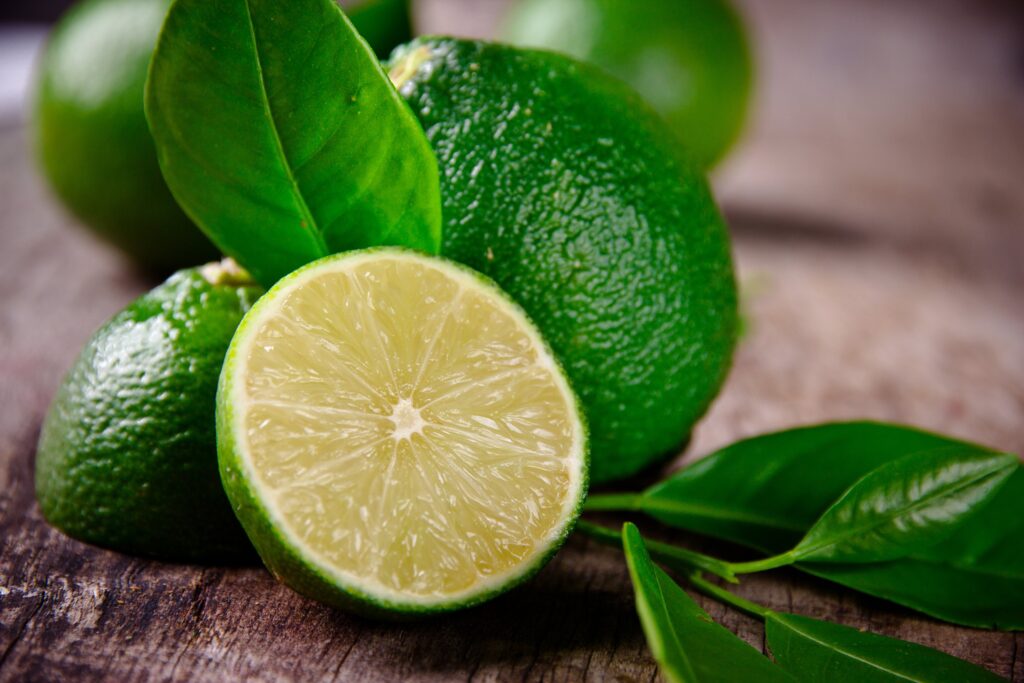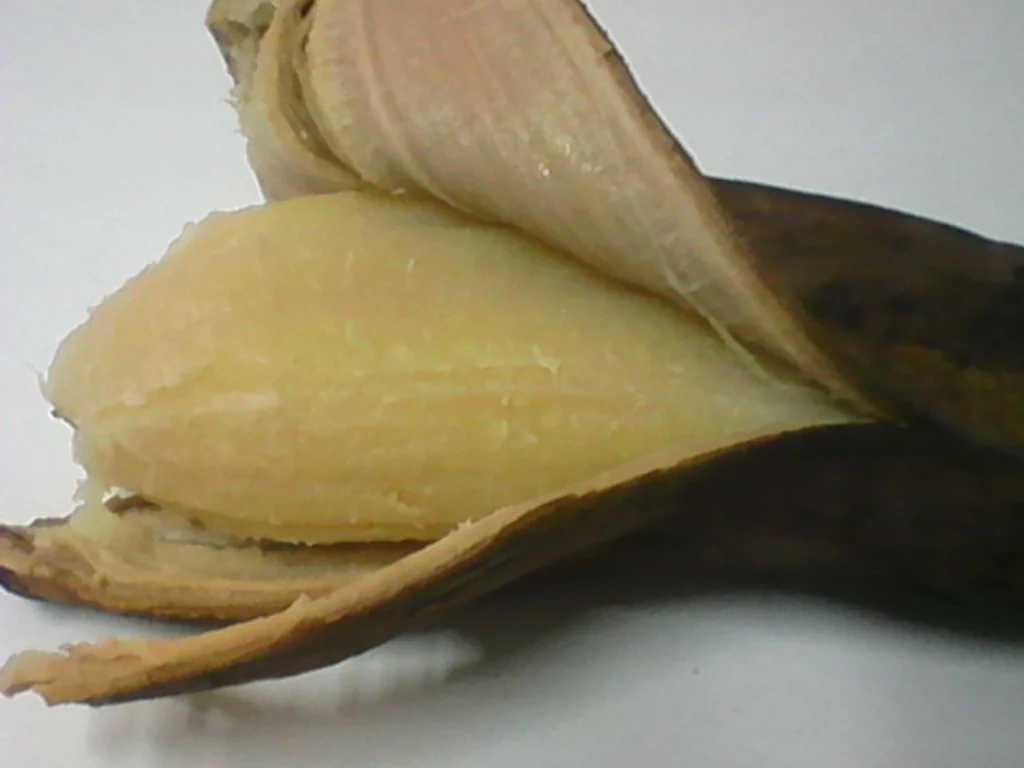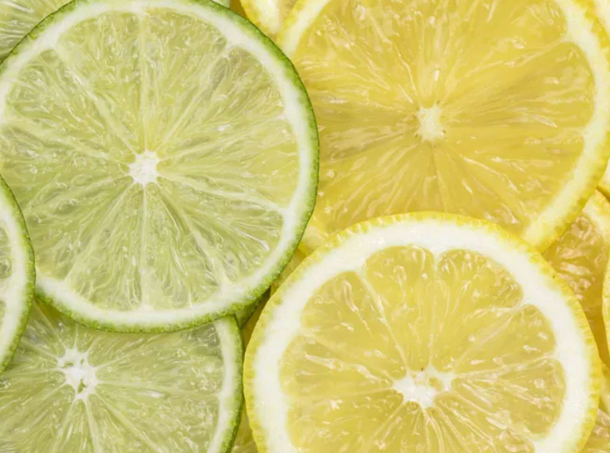Mangoes are delightful fruits enjoyed all over the world, known for their sweet, tropical taste. They come in many shapes, sizes, and colors, but the most popular ones are yellow and red mangoes. Let’s look at what makes these two types unique.
Table of Contents
Comparing Yellow and Red Mangoes
At first, yellow and red mangoes might appear similar. They both have an oval shape and a skin that turns yellow or orange when they’re ripe. The main thing that sets them apart is the color of their insides.

Inside, yellow mangoes have a bright, golden-yellow color. They’re juicy, have a little tang, and smell wonderfully like mangoes. Some well-known types of yellow mangoes are Ataulfo, Francis, Honey, and Keitt.
Red mangoes, on the other hand, have flesh that’s a deep orange-red color, and it gets even more red when they’re really ripe. These mangoes are super sweet and have fewer stringy bits than yellow ones. The common red mango varieties are Hayden, Lippens, and Maya.
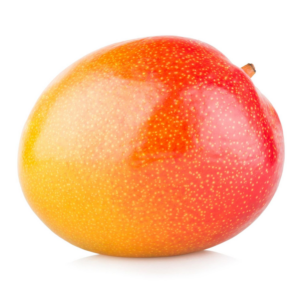
In short:
- Yellow mangoes: golden inside, a bit tangy and stringy
- Red mangoes: orange-red inside, very sweet, not so stringy
But there’s even more that makes these two kinds of mangoes different, beyond the taste and color…
Where Do Yellow and Red Mangoes Come From?
To really understand how yellow and red mangoes are different, we should know where they come from.
Yellow mango varieties like Ataulfo and Keitt originally come from Asia and were brought to America in the 1700s. They grow well in hot and dry places like Mexico, Peru, and Ecuador.
Red mangoes, such as Hayden and Maya, were developed in Florida during the 1900s. They’re made to be less stringy and have a taste that Americans like.
This means yellow mangoes have more of a background in Asia, while red mangoes were made for the American market. That’s why red mangoes tend to be sweeter and juicier than the tangy, stringy yellow types.
Nutritional Value of Yellow and Red Mangoes
Both yellow and red mangoes are really good for you.
A cup of either kind has about 100 calories, a lot of vitamin C, vitamin A, and other important nutrients like vitamin E, K, B6, folate, potassium, copper, and fiber. To view the full list of nutrients, look at the following points.>
But red mangoes have a bit more of some antioxidants:
- Beta-carotene: Red mangoes are very colorful because of beta-carotene, which helps your immune system and keeps your eyes and skin healthy.
- Lycopene: They also have a lot of lycopene, which helps reduce swelling in the body and protects from some long-lasting illnesses.
- Vitamin C: Both kinds have lots of vitamin C, but red mangoes can have up to 30% more in every serving.
So, they both have good vitamins and minerals, but red mangoes are especially packed with antioxidants that are linked to better health.
How to Choose Ripe Yellow and Red Mangoes
Picking the best ripe mangoes is a bit like an art. Here are some tips for finding good yellow and red mangoes:
For yellow mangoes, you should look for these signs:
- Soft to touch but not too mushy
- A nice mango smell near where the stem was
- Bright yellow skin without any big dark spots
For red mangoes, you should look for these signs:
- A deep red color without much green
- A feeling of fullness when you hold it
- The area where the flower was should be soft
Avoid getting mangoes that have a wrinkly skin or black spots. And when you do the softness test, be gentle to prevent bruising. A ripe mango will even smell sweet through its skin.
Storing Cut Yellow and Red Mangoes
Once you cut mangoes, they can turn brown quickly. Here’s how to store cut yellow or red mangoes properly:
- It’s best to cut mangoes right before you want to eat them.
- If you need to cut them ahead of time, you can put some lemon or lime juice on them to keep them from turning brown.
- Keep them in the fridge in a container that doesn’t let air in, and eat them within 5 days.
- If you want to keep them for longer, you can freeze mango pieces or mango puree for up to 6 months.
Storing them the right way will make sure they keep their vitamins, antioxidants, and great taste. Now, let’s look at fun ways to eat these colorful fruits!
Different Ways to Enjoy Yellow and Red Mangoes
There are many great ways to eat yellow and red mangoes, like in smoothies or salsas. Here are some ideas:
Ideas for Yellow Mangoes
- Mix mango pieces with red onion, jalapeño, cilantro, and lime juice for a spicy salad
- Make a mango lassi, a yummy Indian yogurt drink
- Grill chunks of mango for a fun dessert
- Turn candy into a sweet mango jam that you can spread on your toast or mix into your yogurt.
- Blend them to make a refreshing tropical red mango ice cream or freeze them into fun popsicles.
- Combine them with red bell peppers and red onions to make a vibrant fresh mango salsa.
- Build a beautiful trifle by layering red mango slices with fluffy coconut whipped cream.
- Create a tasty red mango agua fresca, which is a much-loved drink in Mexico.
Fun Ways to Eat Red Mangoes
Yellow and red mangoes both have unique and wonderful fruity flavors. They work great in recipes that are sweet or savory.
Yellow vs. Red Mangoes: Which One is Better?
Are you trying to figure out whether to choose yellow or red mangoes?
If we’re talking about health, red mangoes are a bit better than yellow ones because they’re packed with nutrients.
If you’re looking at taste, red mangoes are more on the sweet and juicy side. Yellow mangoes, however, have a tart taste and give you more fiber. It really depends on what flavor you like more.
But here’s the thing—you can enjoy both kinds! Why not eat both yellow and red mangoes? This way, you can get different vitamins and have fun with the different tastes in lots of recipes.
Now you know how to pick out the best mangoes and enjoy them to the fullest, all while getting a good dose of nutrition. Enjoy these delightful fruits in all their colorful yumminess! ?>p>
Conclusion
Both yellow and red mangoes have their own special tastes, benefits, and come from different places. Red mangoes might have a bit more sweetness and health goodies like vitamin C and lycopene. Yellow mangoes are also really good for you.
Pick mangoes that are ripe and keep the pieces fresh, and you’ll love them even more. Mix it up and try new things by using the tart yellow mango and sweet red mango in various exciting recipes. They’re both nutritious and delicious, so they should definitely go on your shopping list!

